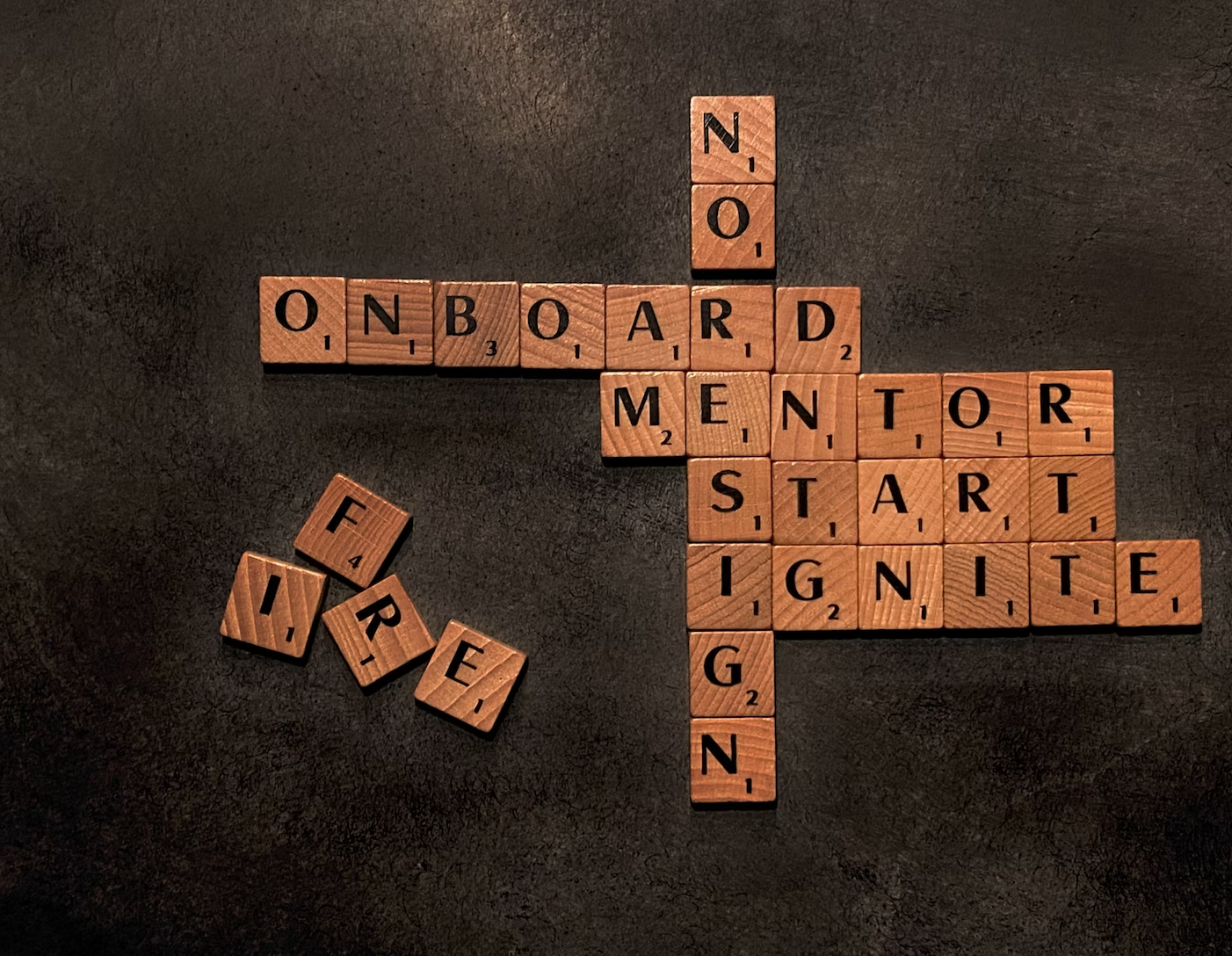The onboarding process plays a critical role in the success and productivity of new employees. By providing comprehensive and engaging training, organizations can ensure that employees quickly acclimate to their roles, acquire the necessary skills, and become valuable contributors to the team. In this blog post, we will explore eight proven methods to improve new employee training, fostering a positive and productive work environment.
- Develop a Structured Onboarding Program: Creating a structured onboarding program sets the foundation for a successful training process. Outline clear learning objectives, milestones, and timelines for each stage of the onboarding journey. A well-structured program ensures consistency and helps new employees understand their progress. Incorporate a mix of interactive sessions, hands-on activities, and mentorship opportunities to provide a holistic learning experience.
- Personalize the Training Experience: Recognize that each employee has unique strengths, weaknesses, and learning preferences. Tailor training materials to cater to individual needs. By offering personalized training modules, you can increase engagement and help new hires grasp concepts more effectively. Utilize assessments or surveys to understand each employee’s learning style and adapt training methods accordingly.
- Implement Blended Learning Approaches: Blended learning combines different training methods, such as instructor-led sessions, e-learning modules, videos, and interactive workshops. This approach provides flexibility and accommodates diverse learning styles. Incorporate self-paced online modules that employees can access before and after in-person sessions to reinforce learning. Leveraging a mix of training modalities promotes knowledge retention and engagement.
- Assign Mentors or Buddies: Pairing new employees with experienced mentors or buddies can significantly enhance the onboarding experience. Mentors provide guidance, answer questions, and offer valuable insights into the organization’s culture and expectations. This mentorship relationship fosters a sense of belonging and accelerates the integration process for new hires. Regular check-ins between mentors and mentees help monitor progress and address any concerns.
- Gamify the Training Process: Gamification adds an element of fun and competition to the training process, making it more engaging and memorable. Incorporate gamified elements such as quizzes, leaderboards, or interactive simulations. This approach promotes active learning, boosts motivation, and encourages healthy competition among new employees. Gamification can be applied both in-person and through online training platforms.
- Provide Continuous Feedback and Evaluation: Feedback is crucial for the growth and development of new employees. Establish regular feedback loops to provide constructive criticism and recognize achievements. Encourage open communication channels where employees can ask questions or seek clarification. Conduct periodic evaluations to gauge progress and identify areas that require additional support. Timely and constructive feedback helps employees build confidence and improve performance.
- Encourage Collaboration and Cross-Departmental Training: Promote collaboration and cross-departmental training opportunities to foster a broader understanding of the organization. Encouraging new hires to interact with colleagues from different teams enables them to grasp the organization’s interconnectedness and enhances their problem-solving capabilities. Cross-training also cultivates a culture of knowledge-sharing and promotes teamwork.
- Evaluate and Update Training Programs: Continuously evaluate the effectiveness of your training programs and make necessary adjustments based on feedback from new employees and trainers. Seek input from various stakeholders to identify areas for improvement. Regularly updating training materials ensures relevance and alignment with evolving industry trends and organizational goals.
Conclusion
Effective new employee training is essential for setting the stage for success and long-term productivity. By implementing a structured onboarding program, personalizing the training experience, incorporating blended learning approaches, assigning mentors, gamifying the process, providing continuous feedback, encouraging collaboration, and evaluating and updating training programs, organizations can enhance the onboarding experience and maximize employee potential.
[Sources]
- Society for Human Resource Management (SHRM) – “The Benefits of Blended Learning”: https://www.shrm.org/hr-today/news/hr-magazine/1018/Pages/the-benefits-of-blended-learning.aspx
- Training Industry – “6 Best Practices to Create Blended Learning Programs”: https://trainingindustry.com/articles/blended-learning/6-best-practices-to-create-blended-learning-programs/
- Harvard Business Review – “Accelerate Learning on the Job”: https://hbr.org/2018/03/accelerate-learning-on-the-job
- Society for Human Resource Management (SHRM) – “Onboarding New Employees: Maximizing Success”: https://www.shrm.org/resourcesandtools/tools-and-samples/toolkits/pages/onboardingnewemployees.aspx
- Training Industry – “Gamify Training to Increase Engagement and Retention”: https://trainingindustry.com/articles/learning-technologies/gamify-training-to-increase-engagement-and-retention/
- Harvard Business Review – “How to Give Feedback That Helps People Grow”: https://hbr.org/2019/03/how-to-give-feedback-that-helps-people-grow









